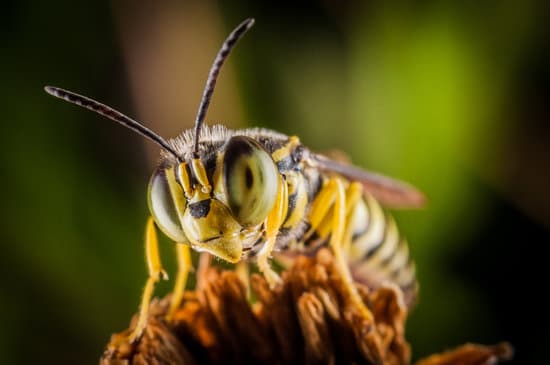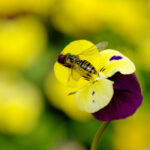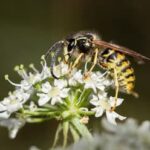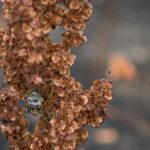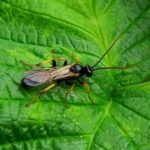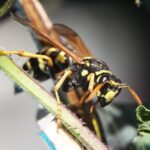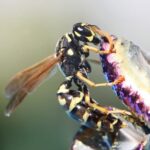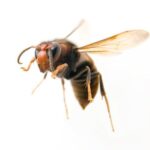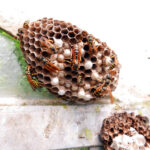Why Do Figs Need Wasps to Grow?
Figs are sweet edible fruits, and they are often sold in jams, desserts, or simply on their own. They are often grown in balmy climes, such as the Mediterranean and Asian countries. They are also found in rainforest canopy. Fig trees often produce pollen-bearing male flowers. However, some fig varieties require the pollination of wasps.
There are two main types of figs. There are self-pollinating figs, which are wasp-less varieties. These are usually found in garden stores, and are often sold by themselves. They are also available in supermarkets.
The most important thing to know about figs is that they are not just a fruit. The structure of the fig is actually an inverted flower, or syconium. The syconium is hollow and lined with flowers. The inner layer flowers produce gall tissue around the developing grub. The outer layers develop seeds normally.
The female fig wasp’s role is to carry pollen from the fig to other figs. This pollen allows all seeds to grow. It is important for figs to be pollinated. Some of the flowers have a small opening for the wasp’s ovipositor. The ovipositor lays an egg in the ovary of each flower, which develops into a fertilized female wasp. This wasp is called a gravid female. It pollinates the flowers and uses them as nurseries for the next generation.
However, figs are not the only flowering plants to have a relationship with wasps. Other flowering plants, such as orchids and roses, also have mutualistic relationships with wasps.
